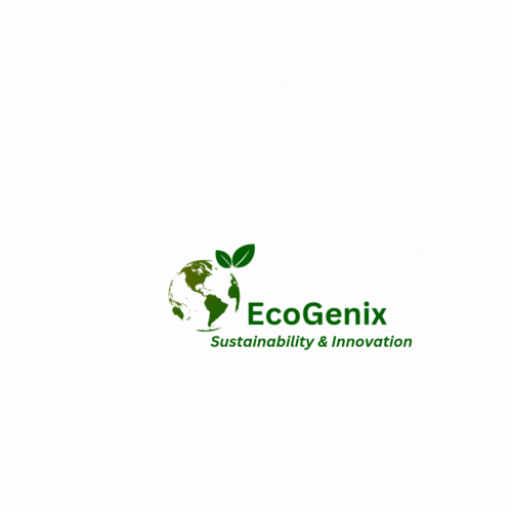Introduction
In an era where environmental concerns are at the forefront of global discussions, the need for sustainable energy and renewable resources has never been more critical. Fossil fuels, once the backbone of the world’s energy production, are not only finite but also major contributors to pollution and climate change. As we stand on the precipice of an ecological crisis, the focus has shifted towards harnessing sustainable energy from renewable resources. This paradigm shift holds the promise of a greener, cleaner future for our planet.
The Rise of Renewable Resources:
Renewable resources, such as solar, wind, hydroelectric, and geothermal energy, derive their power from sources that are naturally replenished. Unlike fossil fuels, these sources are virtually inexhaustible and produce little to no greenhouse gas emissions. Solar energy, for instance, harnesses the power of the sun through photovoltaic cells, converting sunlight directly into electricity. Wind energy utilizes the kinetic energy of the wind to turn turbines, generating electricity. Hydroelectric power taps into the energy of flowing water, while geothermal energy harnesses heat from within the Earth’s core.
Environmental Benefits:
The environmental benefits of transitioning to sustainable energy sources are immense. By reducing our reliance on fossil fuels, we can significantly decrease air pollution and curb the emission of greenhouse gases. This, in turn, mitigates climate change, reduces smog, and improves overall air quality. Moreover, renewable energy technologies require less water than fossil fuel-based power plants, helping conserve this precious resource.
Economic Advantages:
Investing in sustainable energy not only benefits the environment but also stimulates economic growth. The renewable energy sector has become a significant source of employment, creating jobs in manufacturing, installation, maintenance, and research. Furthermore, the use of renewable resources can stabilize energy prices, reducing the vulnerability of economies to fluctuations in fossil fuel prices.
Challenges and Solutions:
While the potential of renewable resources is vast, challenges exist. Intermittency, the varying availability of sunlight and wind, poses a challenge to the consistent supply of energy. However, advancements in energy storage technologies, such as improved batteries, are addressing this issue. Additionally, research and development in renewable energy are ongoing, leading to more efficient and cost-effective solutions.
The Role of Government and Individuals:
Government policies and incentives play a pivotal role in promoting the adoption of sustainable energy. Subsidies, tax credits, and regulations that encourage the use of renewable resources can accelerate the transition. Simultaneously, individuals can contribute by adopting energy-efficient practices in their homes and businesses, investing in solar panels, and supporting clean energy initiatives.
Conclusion:
Sustainable energy and renewable resources represent the cornerstone of a sustainable future. Embracing these technologies is not just an option but a necessity. By investing in renewable energy, we are not only safeguarding the environment for future generations but also fostering economic prosperity and energy security. It is a collective responsibility to ensure that the momentum towards sustainable energy continues to grow, paving the way for a greener and more sustainable planet
ARTICLE BY: WAYNE TOTA
Food Security and Climate Change
waynetota9@gmail.com
0601133196239
Visit for more articles:
https://sites.google.com/view/foodsecure-sustain-agriclimate/home.

Leave a Reply